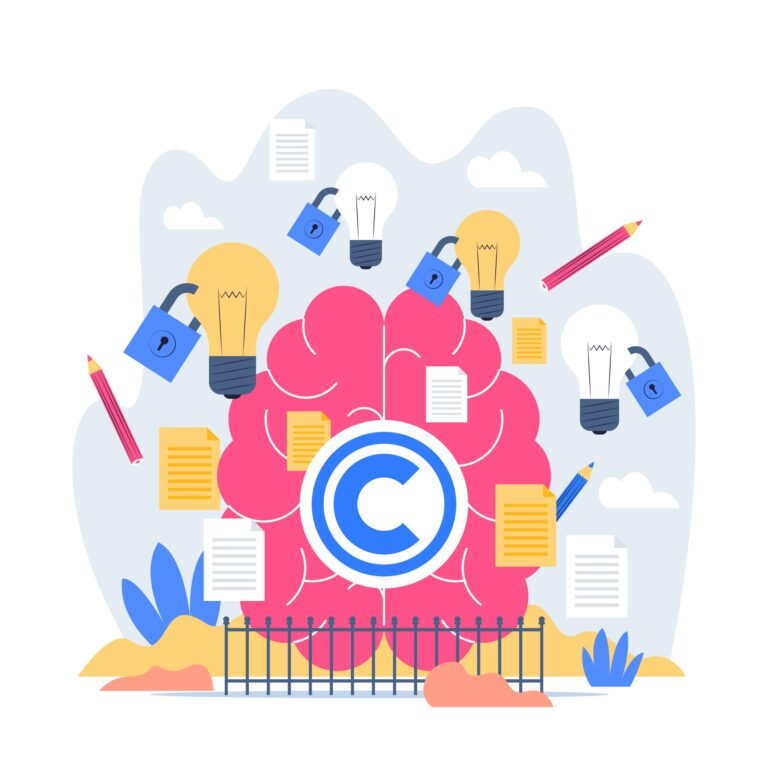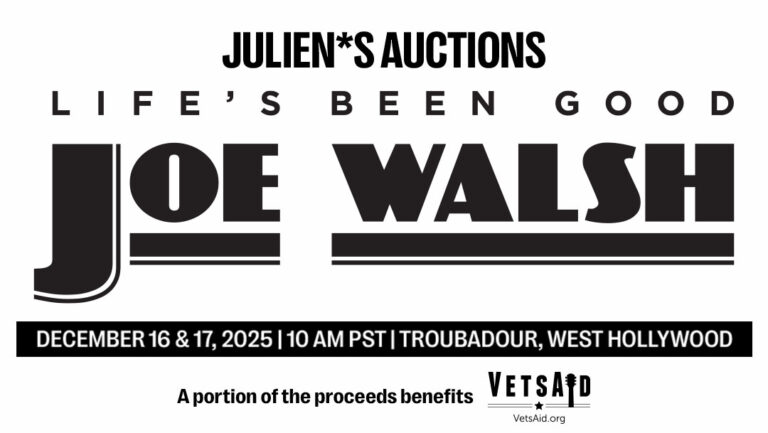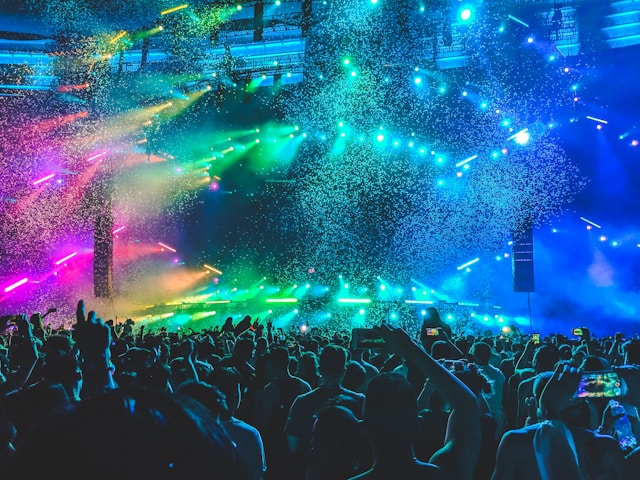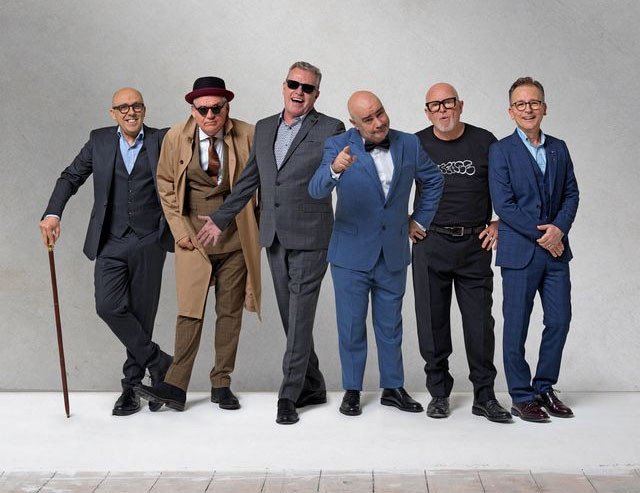Technology is taking over a lot of things in our lives. One of the latest in this long list is the creative industry. Many creators today are embracing AI for tasks like composition, writing and design.
Unfortunately, while these innovative tools bring a lot of good, they also come with a variety of challenges. One of the biggest concerns has to do with the ownership of AI-generated content. There are lots of questions: who really owns what AI helps create and what happens if it replicates what has already been created?
Why It is Harder to Protect Intellectual Property in the Digital Era
Before we get into protecting your intellectual property (IP), it is essential to understand why it is harder to do so today than ever.
Ease of Replication
AI tools are more capable today than they have ever been. As such, they can easily analyse and replicate things like style, voice and even tone with a lot of precision. And because it does not copy the original work verbatim, it is very challenging for anyone to prove infringement.
Also, current copyright laws are focused on specific expressions. That means imitating general ideas and styles is not really considered illegal.
Blurry Ownership Lines
As we know, AI tools gather information from massive datasets on the internet (including copyrighted sources). For instance, if someone used an AI tool to create a children’s colouring book. The tool will collect bits and pieces from thousands, if not millions, of existing books in the same genre. That means there will be no way of knowing who owns what part of the book.
In other words, you cannot attribute an AI-generated piece to a single creator. Some creators may never even know their content was used – essentially rendering copyright laws toothless.
Put simply, AI tools are moving faster than current intellectual property laws can keep up with. As such, it is way harder for anyone to regulate what can or cannot be created using AI.
How to Protect Your Work in the Digital Era
While protecting IP property is harder in the digital era, it is not impossible. Understanding the new AI and intellectual property landscape is the first step towards getting back control and protecting your work. The other steps include:
Register Your Work
It is true that intellectual property laws are still catching up. But it is still essential to copyright your work as much as current laws allow you. Copywriting your work gives you a stronger legal standing point if you ever take legal action.
In addition, potential legal repercussions can deter other people who may be tempted to use your work.
Make the Most of Digital Tools
Another thing you can do is to use digital tools to mark and track your work. Examples of these tools include watermarks and metadata tags.
These are essentially digital fingerprints that can be used to prove ownership and protect your work against unauthorised use.
Stay Informed
As content creation evolves, so do the laws governing it (IP laws). It is important to stay updated to ensure you can make the most of new developments.
To stay up to date, follow platforms that focus on intellectual property laws or join communities and advocacy groups fighting for creator rights.
Conclusion
Technology is not the enemy – unregulated use is what poses a threat to creators. Intellectual property laws are slowly catching up, but there is plenty you can do to protect your work in the meantime. Start by copywriting your work to the full extent of existing laws and use digital tools to mark and track its use. And, most importantly, stay updated on new developments pertaining to AI and intellectual property in the digital era.









Comments are closed.